Brass fittings are integral components in various plumbing and industrial applications, offering durability, reliability, and versatility. However, proper installation techniques and construction precautions are essential to ensure optimal performance and longevity of these fittings. In this article, we’ll explore the techniques and precautions necessary for the installation of brass fittings.
Proper Installation Techniques
1. Preparation of Pipe Ends
Before installing brass fittings, it’s crucial to properly prepare the pipe ends. Use a deburring tool to remove any burrs or rough edges from the cut pipe ends. Clean the surface thoroughly to remove dirt, grease, or debris, ensuring a secure fit and preventing leaks.
2. Apply Lubricant
Apply a thin layer of lubricant, such as pipe joint compound or thread sealant tape, to the threads of the brass fittings. This helps create a tight seal and prevents galling or seizing during assembly. Ensure the lubricant is compatible with brass and other materials in the piping system.
3. Proper Tightening
Use appropriate tools, such as adjustable wrenches or pipe wrenches, to tighten brass fitting securely onto the pipe threads. Avoid over-tightening, as this can damage the fittings or cause deformation. Follow manufacturer recommendations for torque specifications to ensure proper sealing without compromising the integrity of the fittings.
Construction Precautions
1. Avoid Excessive Heat
Brass fittings should be protected from excessive heat during installation to prevent distortion or damage. Avoid using torches or heat guns near the fittings, especially if they are connected to plastic pipes, as this can cause melting or degradation of the material.
2. Proper Support and Alignment
Ensure proper support and alignment of the piping system to prevent stress or strain on the brass fittings. Use hangers, clamps, or straps to secure the pipes at regular intervals and maintain proper alignment. Avoid excessive bending or twisting of the pipes, as this can lead to leaks or failure at the connection points.
3. Avoid Mixing Metals
Avoid mixing different types of metals in the piping system, as this can lead to galvanic corrosion. Brass fittings should be used with compatible materials such as copper or brass pipes to minimize the risk of corrosion and ensure long-term performance.
Conclusion
Proper installation techniques and construction precautions are essential for ensuring the reliable performance and longevity of brass fittings in plumbing and industrial applications. By following these guidelines and precautions, installers can minimize the risk of leaks, damage, or failure, resulting in a safe and efficient piping system.
IFAN is a Chinese manufacturer of plastic pipes, fittings and valves with 30 years of experience. If you are interested in IFAN copper fittings, copper valves, plastic pipes and fittings, please contact us. IFAN offers you a variety of standard pipes to meet your specific needs. Click below to learn more about IFAN’s wide range of affordable and cost-effective valve products and piping system related products.
We will reply your email or fax within 24 hours.
You can call us at any time if there is any question on our production.
For more information,pls visit our webside https://pipefittingpro.com/
Pls Mailto: [email protected]
Whatsapp: + 86 19857948982

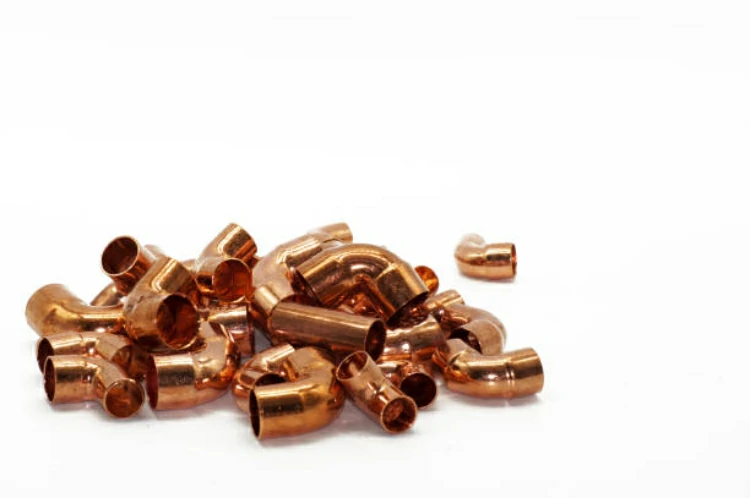
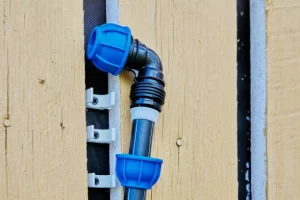
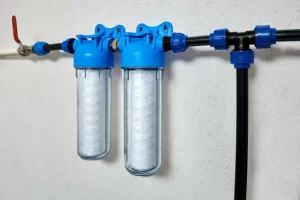
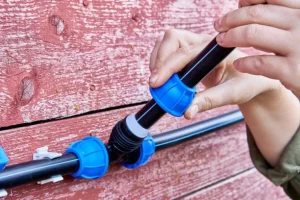
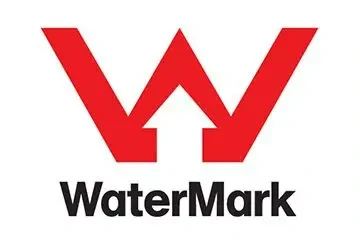

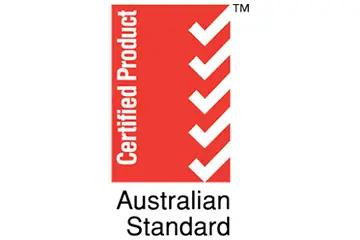





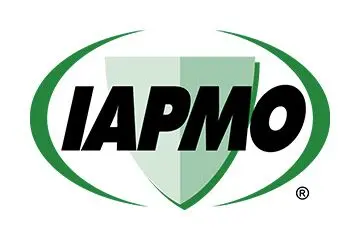
Recent Comments